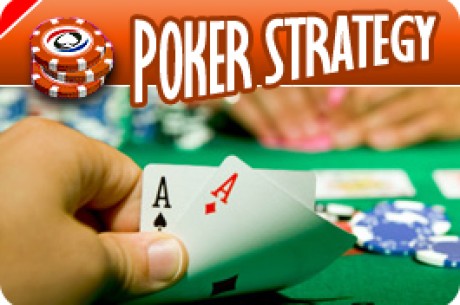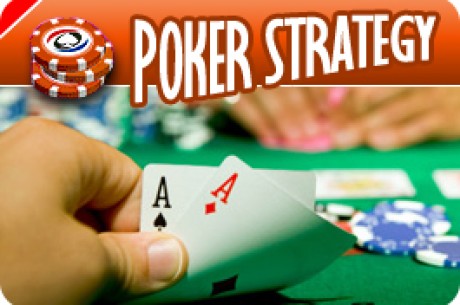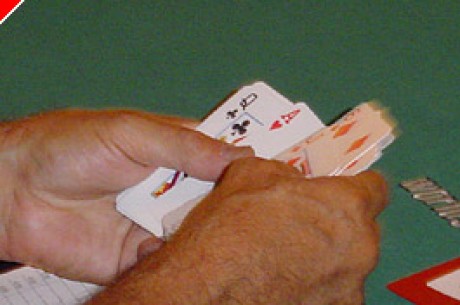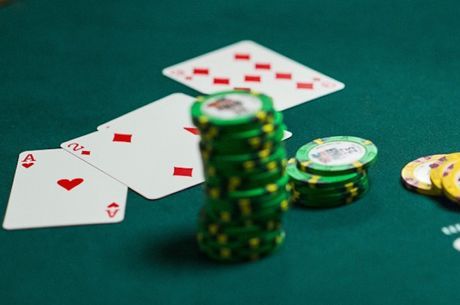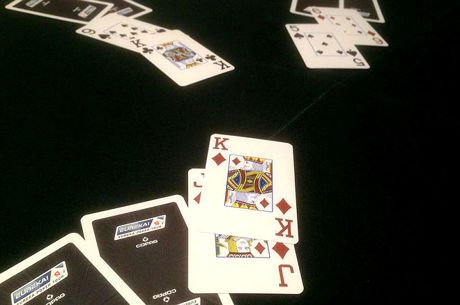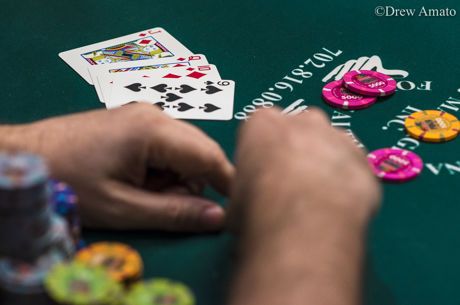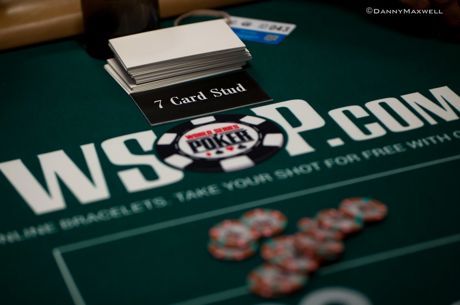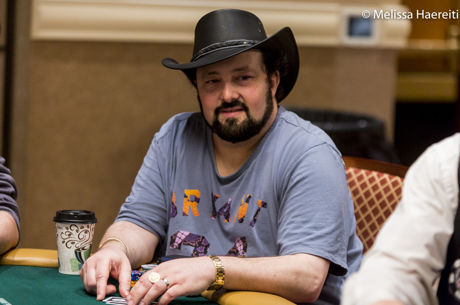Stud Poker Strategy: Time for a Quiz, Part 1
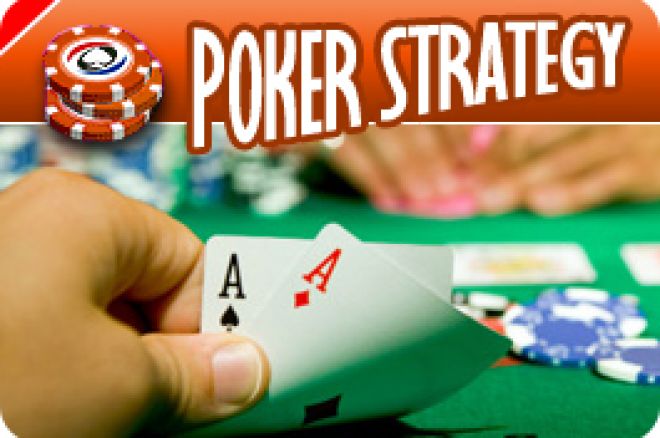
When I was in college and high school, decades ago, I hated being tested. It made me nervous. I didn't like the notion of being judged. And I surely couldn't stand some teacher telling me I was wrong. How much better it was to take courses where I could just do the reading and write a paper. I was an expert at things that were a matter of opinion!
Even so, I found out that tests provided a valuable incentive to learn new material. There is often a right and wrong answer. So too with poker. Reading my articles is fine. I hope they've helped. But to really see what you've learned you need a test from time to time.
My next few articles will take the form of short multiple-choice exams. I'll start by providing just the questions. The answers and their explanations will be provided at the bottom. So don't scroll down until you've given yourself a chance to answer.
The following questions assume that you are in a $10/20 game with a $1 ante and a $3.00 forced bet. Unless stated otherwise, assume that the players in the game are moderately tight, not very tricky, and somewhat aggressive. They are typical, solid but not expert players. The correct answer is what is normally correct most of the time. There are always exceptions in poker. For now, assume you are answering what you would usually do in these situations.
Question #1: You have a split pair of kings. The bring-in, to your right, comes out for $3.00. One player folds and the action is to you. You look around the board and see, starting to your left, a queen, two jacks, an ace, and some lower cards. What do you do?
a) call the $3.00
b) fold
c) complete the bet to $10.00
d) check
Question #2: You have a split pair of sixes with an unsuited three kicker. A deuce to your left brings it in. Everyone, including a player with an exposed six, folds to you. What do you do?
a) call the $3.00
b) fold
c) complete the bet to $10.00
d) go all in
Question #3: You have (3♥ 8♥) 6♥. The 3♠ brought it in. The 6♣ folded. A J♣ completed the bet to $10. An A♦ re-raised to $20. The 9♠ and the 8♠ folded. It's your turn to act. A 4♥ remains to act after you. What do you do?
a) call the $20
b) fold
c) raise to $30
d) check
Question #4: It is the same hand except your 3♥ was your up card and you were the bring-in for $3.00. The action proceeds around the table, with the 4♥ and the 3♠ each folding. Your choices are slightly different.
a) call the $17
b) fold
c) raise to $30
d) make a double raise to $40
ANSWERS BELOW
Answer to question 1:
In general, you want to raise with your premium pairs. You have a split pair of kings. There is a higher card that remains to act after you, the ace. He may have a pair of aces and so there is a risk that he will re-raise you. Even so, you cannot play poker always fearing the monster under the bed. You have a very strong hand and should surely raise by completing the bet to $10. You can't check. And calling the $3.00 or folding are both too weak. The correct answer is C.
Answer to question 2:
You only have a low pair and a low kicker. This is normally a weak hand – rarely worth raising. If there is any action or if you fear any action after you the best move is usually to fold. However, in this case, no one else has acted – they have folded. Only the forced bet remains. You are highly likely to have the stronger hand. The best move is to raise, and be happy to win the antes and the bring-in. If you are raised back, call, but consider folding if your opponent hits an ace or a king on fourth street – as they may have been semi-bluffing with a big card in the hole or a low pair with a big kicker. Calling or folding are both too weak. And of course you can't go all in – this is a limit game. The correct answer is C.
Answer to question 3:
You have a 3-flush on your first three cards. 3-flushes are in that category of playable hands on third street. Under many circumstances you can call with them – or even raise on occasion. This is not one of those times, however. Though only one of your suit is out (the 4♥), you are facing a double bet. In general, you don't want to play 3-flushes for more than a single bet on third street. There are two other reason why a fold is called for here. First of all, you have a very low 3-flush. You have no high cards. The raiser and re-raiser each have board cards higher than your highest card – meaning you can't make a pair that will be higher than their likely hand on fourth street. Finally, the betting action indicates that you will likely be playing the hand either heads up or only three-way on fourth street. In general, you want to play your flushes – especially for a raise – with many opponents – so the pot you will occasionally win will be worth the low odds of hitting it with your drawing hand. Neither calling nor raising are called for here. And since there's already a bet (not to mention a raise) there is no checking. The correct answer is B.
Answer to question 4:
In this scenario you also have the same low 3-flush but you have been forced to begin the betting because your card is the low card on board. If you call the raise it will only be $17 instead of $20. And if you raise it will cost you $27 instead of $30. Even so, though it appears to be a bargain, you are still compelled to fold for all of the reasons mentioned above. You must be careful not to think that since you are already in you might as well call. Your investment is irrelevant here. And $17 is much too steep a price to pay to continue with this hand – that will have you as a large underdog with only one or two opponents. Calling or raising are incorrect. And there is no such thing as a double raise on third street. The correct answer is B.
SCORING: Give yourself 5 points for a correct answer. If you answered "D" to any of the questions give yourself a minus 5. 20 = perfect (for now), 10-15 = OK. 5 or lower = horrid. Go back to the basics. If you have any further questions about this basic stud strategy, please feel free to email me or to get a copy of my book: Winning 7-card Stud.

